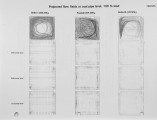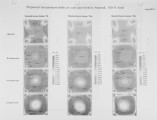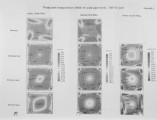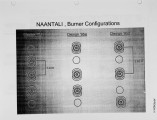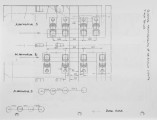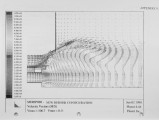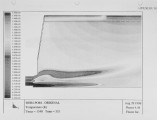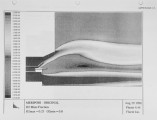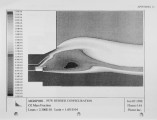| Title |
Boiler Simulation in Practical Engineering - Three Case Studies |
| Creator |
Savolainen, Kati; Dernjatin, Pauli; Maki-Mantila, Erkki; Jaakelainen, Kari |
| Publisher |
University of Utah |
| Date |
1998 |
| Spatial Coverage |
presented at Maui, Hawaii |
| Abstract |
ARDEMUS , the computational fluid dynamics (CFD) based modelling tool, has been used for several years in IVO for the development, troubleshooting and design of burners and furnaces. This paper introduces three different cases, in which ARDEMUS has been used in practical combustion engineering. Case one was severe slagging of Naantali Unit 3 after the low-NOx modification. ARDEMUS calculations were used to analyze the existing situation. Results indicated high temperatures and an accumulation of coal particles near the walls, which caused the high potential for slagging. The solution was to increase the space between the burners in order to decrease the heat release rate in the burner zone. By using ARDEMUS, different burner configurations were studied before deciding on the final solution. Reduced temperatures in the furnace could be observed after the modification as well as reduced slagging and a better availability of the unit. In the second case, ARDEMUS was used to analyse the furnace behaviour at a power plant in changing the fuel from brown coal to hard coal. After the fuel switching, the furnace absorption will increase resulting in a lower furnace exit gas temperature. That is why the superheater and reheater sections of the boiler must be redesigned. In this case, ARDEMUS was used to predict the furnace exit gas temperature before and after changing the fuel, and these results were used to redesign the pressure parts of the boiler. The third case presents, how ARDEMUS single flame model can be used to improve the performance of the existing low-NOx burners. |
| Type |
Text |
| Format |
application/pdf |
| Language |
eng |
| Rights |
This material may be protected by copyright. Permission required for use in any form. For further information please contact the American Flame Research Committee. |
| Conversion Specifications |
Original scanned with Canon EOS-1Ds Mark II, 16.7 megapixel digital camera and saved as 400 ppi uncompressed TIFF, 16 bit depth. |
| Scanning Technician |
Cliodhna Davis |
| ARK |
ark:/87278/s6fr0078 |
| Setname |
uu_afrc |
| ID |
11987 |
| Reference URL |
https://collections.lib.utah.edu/ark:/87278/s6fr0078 |














